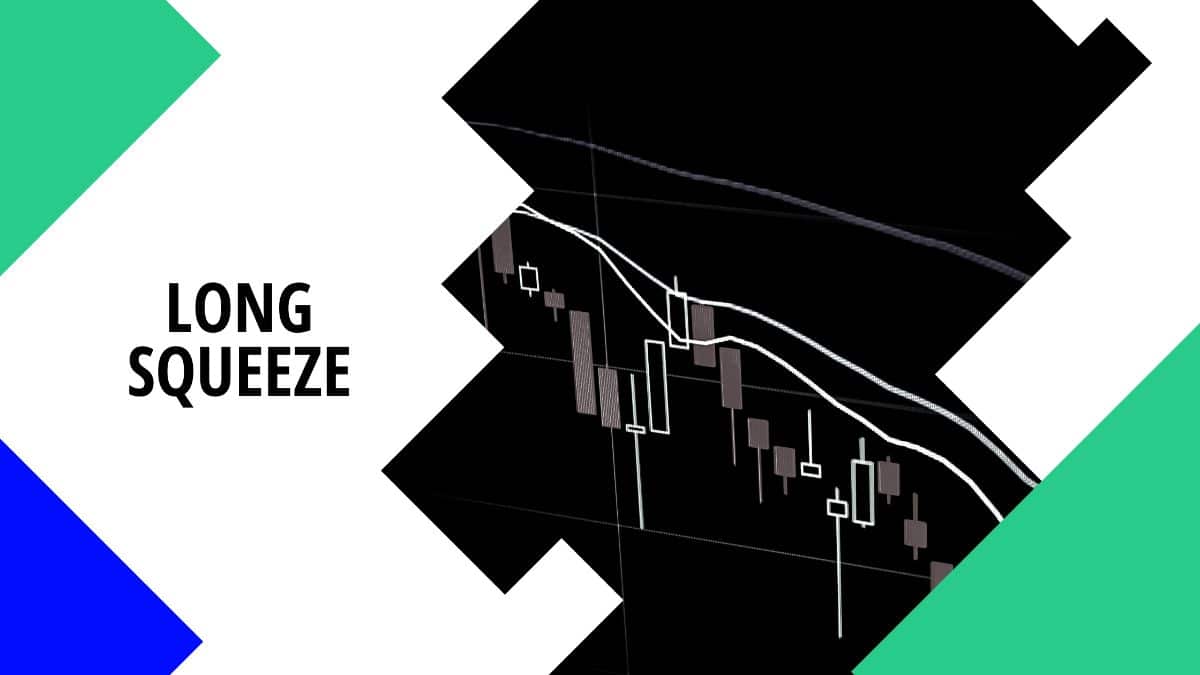Understanding long squeeze is important for traders to avoid losses. It is a market situation in which holders of financial instruments feel a lot of selling pressure. They sell their holdings in such circumstances to protect their capital against huge losses.
Financial markets present uncertainties at every step of the way. Therefore, it is important for traders to keep learning about challenges and hurdles they may have to face. Long squeeze is among those hurdles and you need to know all about it. In today’s post, we are going to explain what a long squeeze is, its examples, and its impacts. Let’s dive deep into the long squeeze.
What is a squeeze?
In the business’s context, the term squeeze means a particular market situation involving notable market pressure. In the financial world, the term squeeze indicates a market situation when short sellers get hold of the market to cover losses or where long position holders sell to gain profits. Moreover, squeeze also makes it difficult for traders and investors to recognize gains and losses. There are different types of squeezes and long squeeze is the most important one to understand.
Long squeeze definition
A long squeeze is a market situation where a sudden drop in price causes more selling and eventually incites a huge decline in prices. Although it may occur in any market, it causes serious drama in markets with low liquidity.
Long squeeze explained
When traders or investors invest in a particular stock and the price suddenly drops unexpectedly, they may feel pressure to sell. If the volume of sellers is too high, it may cause a long squeeze. The volume significantly increases because long position holders also feel selling pressure and sell their assets to avoid further losses. Low liquidity markets are more prone to long squeezes.
Moreover, supply and demand as well as technical factors also play a huge role in inciting long squeezes. When the price of an asset dramatically increases over a particular period of time it becomes more susceptible to a long squeeze. Why so? Because traders and investors who buy that asset at high feel a lot of pressure when the price turns lower. They start exiting their positions and a downtrend coupled with high volume causes a huge decline in prices. Furthermore, the long squeeze causes so much panic that traders who are aware of the fact that prices will eventually rise after this decline also sell their assets.
Who causes a long squeeze and for how long does it last
In fact, short-sellers are the ones who cause a long squeeze. How do they do it? They do it by taking control of the market for a very short period of time. When they start selling assets, prices suddenly drop.
It may last for a very brief period. However, it is long enough to cause enough panic among traders. It lasts for as much time that long-term holders of assets also begin to feel selling pressure. Finally, short-term traders who minutely look for oversold conditions, jump in and take prices back to the top. So, short-sellers are in the mix of things that cause and take advantage of this situation in the financial markets.
Examples
Long squeezes occur because of certain reasons that you can better understand through the following examples.
- Traders trading on margin are forced to sell when prices suddenly fall. They are required to do it because they have to meet requirements set forth by a margin loan. When margin traders begin to sell, prices begin to fall more dramatically and thus a long squeeze lasts for enough to cause enough panic even among long position holders.
- FOMO trading also contributes to this market situation. When traders see prices decline, they begin to sell without any fundamental or technical analysis. In fact, the emotions get hold of the traders and impel them to sell assets erratically.
How should individual traders and investors react?
Individual traders and investors should react in a very careful manner to a long squeeze. They should keep the following key aspects in mind to avoid losses during a long squeeze.
- Firstly, individual traders and investors need to be extra careful about stocks with limited float. Float means the number of shares available to the public. These stocks are more prone to a long squeeze because only a few people can cause the price to fall dramatically.
- Secondly, they should also remain vigilant to stocks with very high prices, especially if their prices rise rapidly. The market may consider those stocks overvalued. The situation can get worse if bad news also appears about the company. It causes sudden drops in prices and a long squeeze ensues.
Finally, if you watch the market closely, you may take full advantage of long squeezes. You can seize the opportunity when the price of an asset significantly drops as a result of a long squeeze. As it lasts for a brief period of time, you can make substantial gains as a result of it. However, it is also important to recognize if it is a long squeeze or prices are falling because of a fundamental reason.

 Good Trading requires the Best Charting Tool!
Good Trading requires the Best Charting Tool!

 We loved Marwood Research’s course “Candlestick Analysis For Professional Traders“. Do you want to follow a great video course and deep dive into 26 candlestick patterns (and compare their success rates)? Then make sure to check this course!
We loved Marwood Research’s course “Candlestick Analysis For Professional Traders“. Do you want to follow a great video course and deep dive into 26 candlestick patterns (and compare their success rates)? Then make sure to check this course!